Well the 2018 Fungi season in the Dandenong Ranges started very slow – a long period of virtually no rain between December 26 to around April made grass remain dry and did not promote the growth of fungi. By the time the rains did come the ground temperatures were quite low and relative humidity still took until June to promote significant mushroom numbers in the Dandenongs.
Birch Boletes and some confirmed Porcini were the first to arrive (boletes generally preferring warmer soils), but then we finally got significant Saffrons, Enokitakes and a virtual plague of Armillaria luteobubalina once the rains arrived. Blewits seem to have only really popped in the last week along with massive numbers of the no-longer-considered-an-edible-option Tricholoma aff terreum.
The early Birch boletes were very dense and packed with flavour. The saffron and blewits are now of significant quality.
Our Lepista nuda patches have been confirmed 100% match via phylogenetics to Lepista nuda type specimens on Genebank.
Below is some assorted pictures of some of our finds:
More of our local Pleurotus ostreatus (98%):
Not something you see every day – or in my case ever before in my life – Boletus edulis/Porcini from Big Moon Harvest Farm in Cockatoo – and I saw one picked so can confirm with 100% certainty that they are out there (these photos by Sarah Weatherley):
Sometimes its very easy to miss Lepista nuda – the Wood Blewit from above:
Agaricus ‘Red Stainer’ – previously found to be 95%ish close to Agaricus bohusii and 94%ish to Agaricus litoralis:
The rising Birch Bolete – Leccinum scabrum:
Earlier in the season the conditions seemed to favour a tonne of Flammulina velutipes – Enokitake or Velvet Shanks – these previously being confirmed to conform to Genebank type-specimens of the species to 98%. The smell of this species is just spectacular – a rich citrusy smell that is way stronger on these wild, open-capped specimens. A species we planned on growing this year although some hurdles arose that delayed work on this project:
And last but not least – Te Camz found an interesting mushroom out in Silvan that characteristically looks a lot like Lepista sordida although unusually large and growing in the coldest part of June on a sheep paddock. This one we will be sending for DNA as in the past I would have assumed Lepista sordida is a warm weather species:
These compared to 100% confirmed Lepista sordida that we cultivated a few years back:
Recently a few of our pictures have turned up uncredited on social media described as finds of the poster. I don’t really have a major problem with others using our images but some credit would be nice as many of these images constitute the result of significant work out in the field in my own time and at my own expense. Thanks!
Secondly some people have been asking me what species we rate the most as edible varieties. I often reiterate that the point of our website isn’t a tick-off list of known edible species, but rather just a collection of taxonomical information of species traditionally described by others as potentially edible species.
We don’t endorse or promote the uneducated consumption of wild mushrooms and this year I have had two different people send me messages on social media asking me to try and identify mushrooms they had ALREADY consumed!
The potential dangers of this attitude cannot be emphasised enough. While most fatal mushroom poisonings in Australia have occurred from consumption of the Death Cap (Amanita phalloides) there have also been fatalities from consumption of red native boletes of unknown edibility.
Please if you are in any doubt at all don’t even consider consuming a mushroom – a free wild meal is not worth dying for.

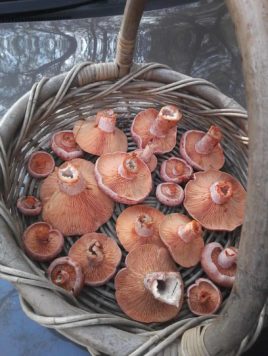
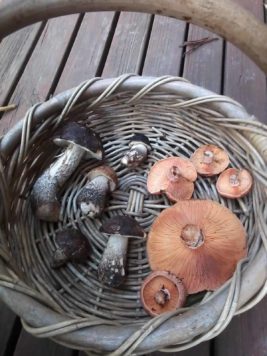
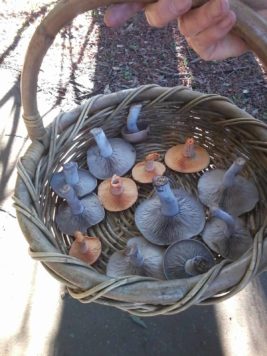
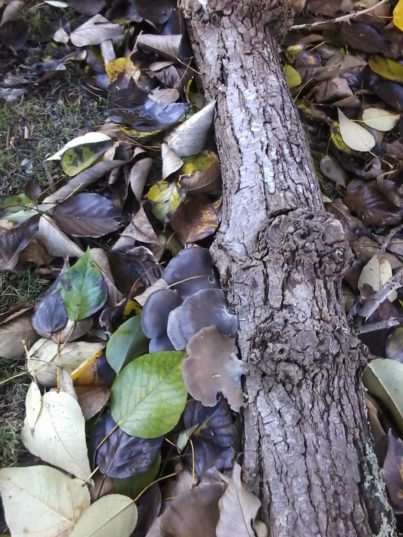
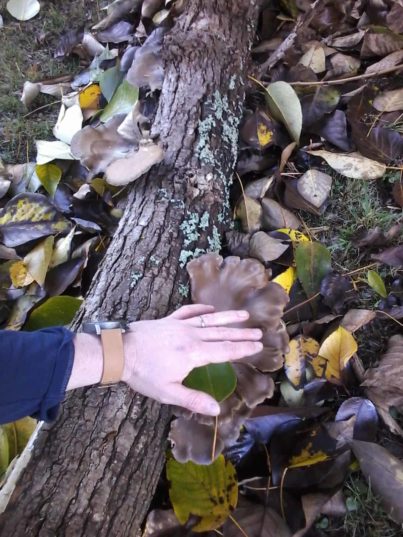
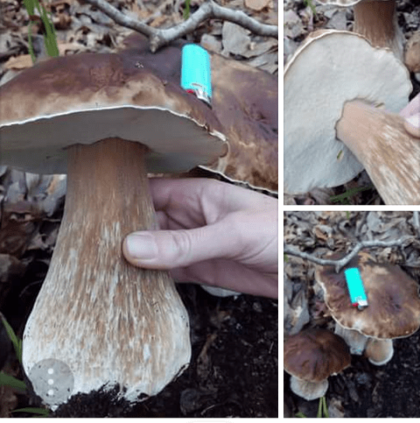

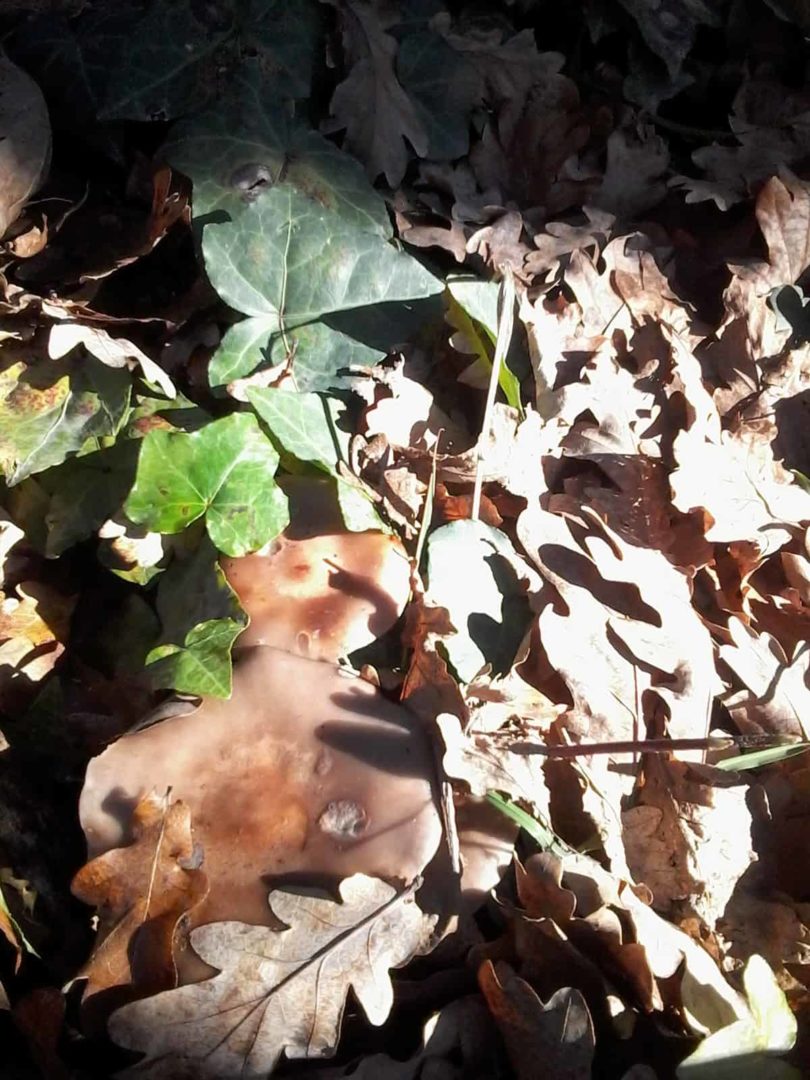
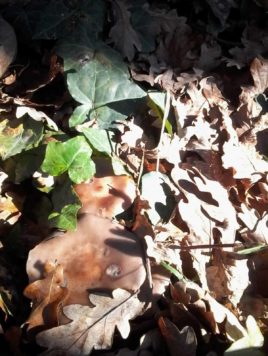
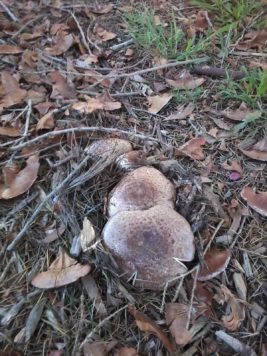
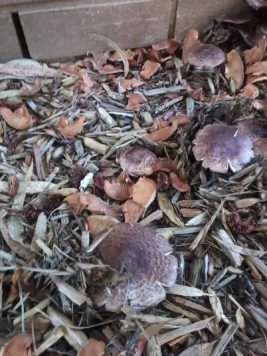
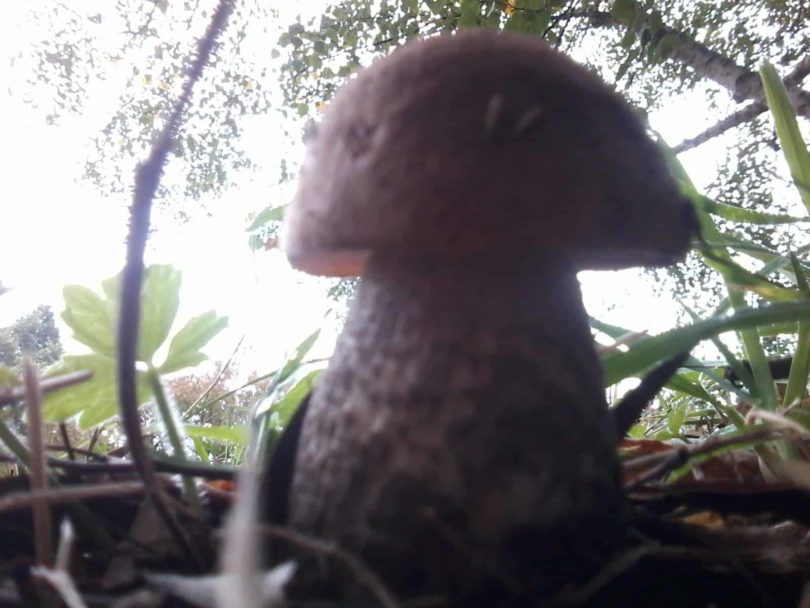
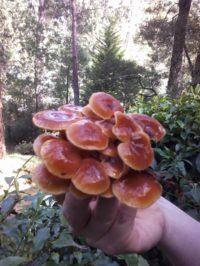
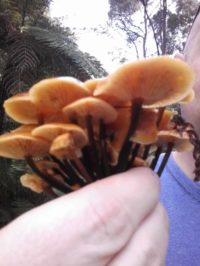
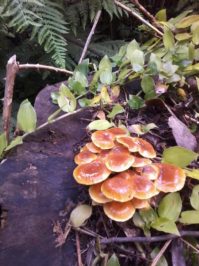
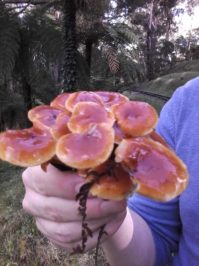
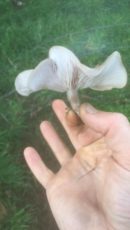
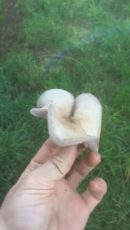
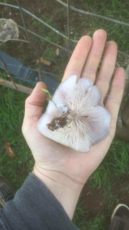
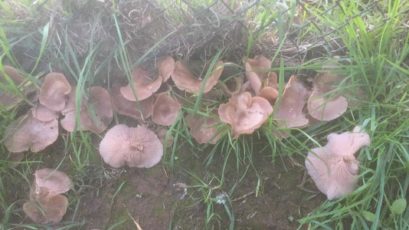
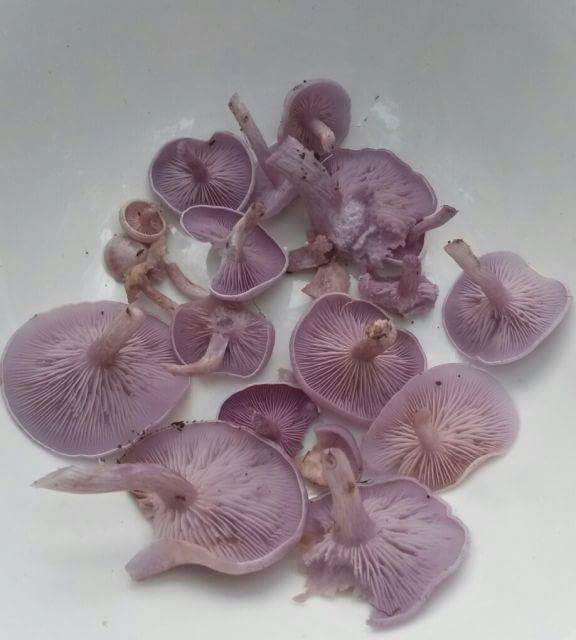

Hi! I just ate some mushrooms that were red with white spots, I thought they should be ok cos they looked the little toadie from Super Mario Kart, all friendly like … any idea what they might have been?
You crazy bro! Thanks for the website changes mate.
Curious, I thought I had read something about Grey Ghosts not being an edible option. Why are they now considered a non-edible?
There was one study where large amounts caused poisoning but I know of someone who has eaten them almost daily in his family for three generations.